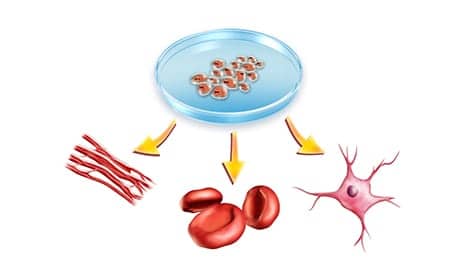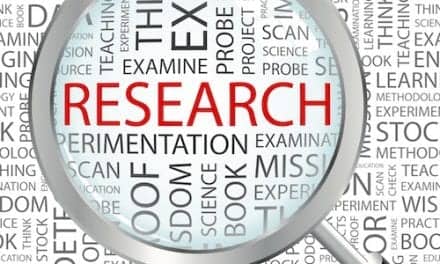Adding adenosine to human pluripotent stem cells’ growth medium may coax them into regenerating bone tissue, according to a recent study.
Investigating this method on mice, the scientists suggest that the stem cell-derived bone tissue helped repair cranial bone defects without developing tumors or causing infection.
The study was published recently in the journal Science Advances.
“One of the broader goals of our research is to make regenerative treatments more accessible and clinically relevant by developing easy, efficient and cost-effective ways to engineer human cells and tissues,” says Shyni Varghese, a bioengineering professor at UC San Diego and the study’s senior author, in a media release from University of California—San Diego.
In the study, Varghese and her team transplanted growth medium infused with adenosine into mice with bone defects. From their observations, they note that the bone-building cells formed new bone tissues in vivo without any signs of tumor formation, per the release.
“It’s amazing that a single molecule can direct stem cell fate. We don’t need to use a cocktail of small molecules, growth factors or other supplements to create a population of bone cells from human pluripotent stem cells like induced pluripotent stem cells,” Varghese adds.
The scientists hope that their research could help lead to regenerative treatments for patients with critical bone defects or soldiers who have experienced traumatic bone injuries.
[Source(s): University of California—San Diego, Science Daily]





